Styx Valley trail guide
Use our handy trail guide to take a walk among some of the planet's biggest trees in the Styx, Tasmania.
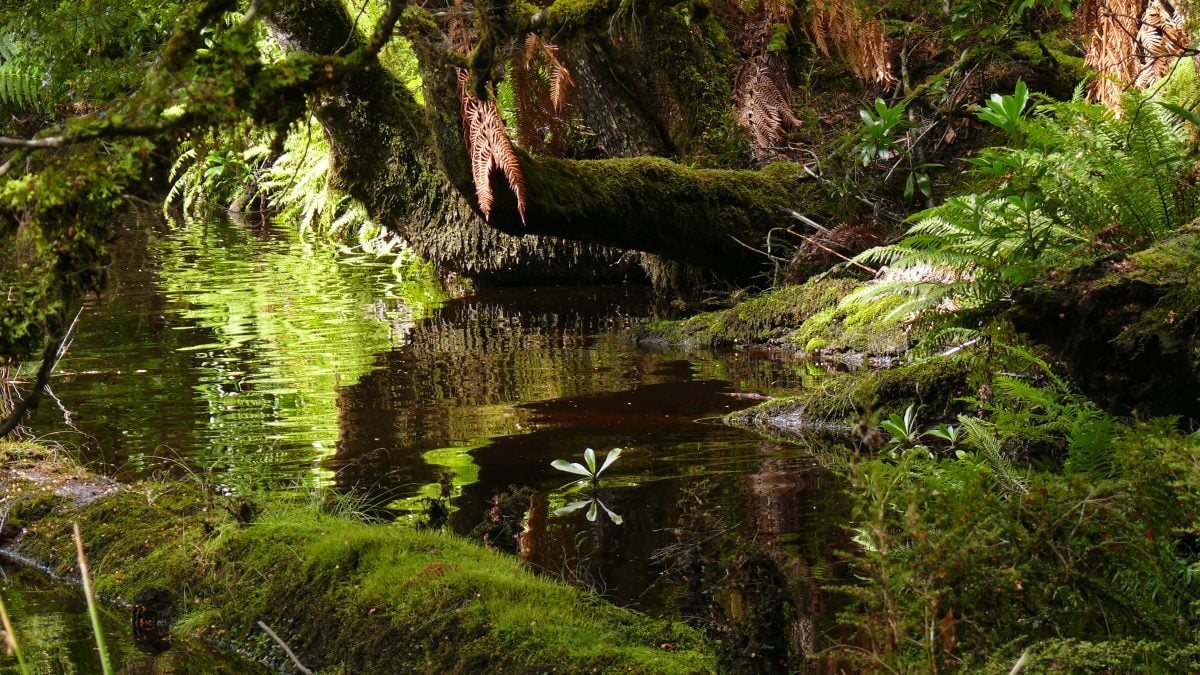
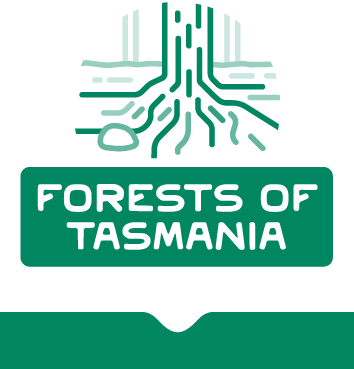
Megan Holbeck speaks to Tasmanian bushwalker Jimmy Cordwell about his favourite tracks in the ancient forests of lutruwita/Tasmania

“Just being amongst the tall trees, hiking under them, is a special feeling and wonderfully humbling. I’m less than two metres tall and these things are hundreds. It’s such an amazing place.”
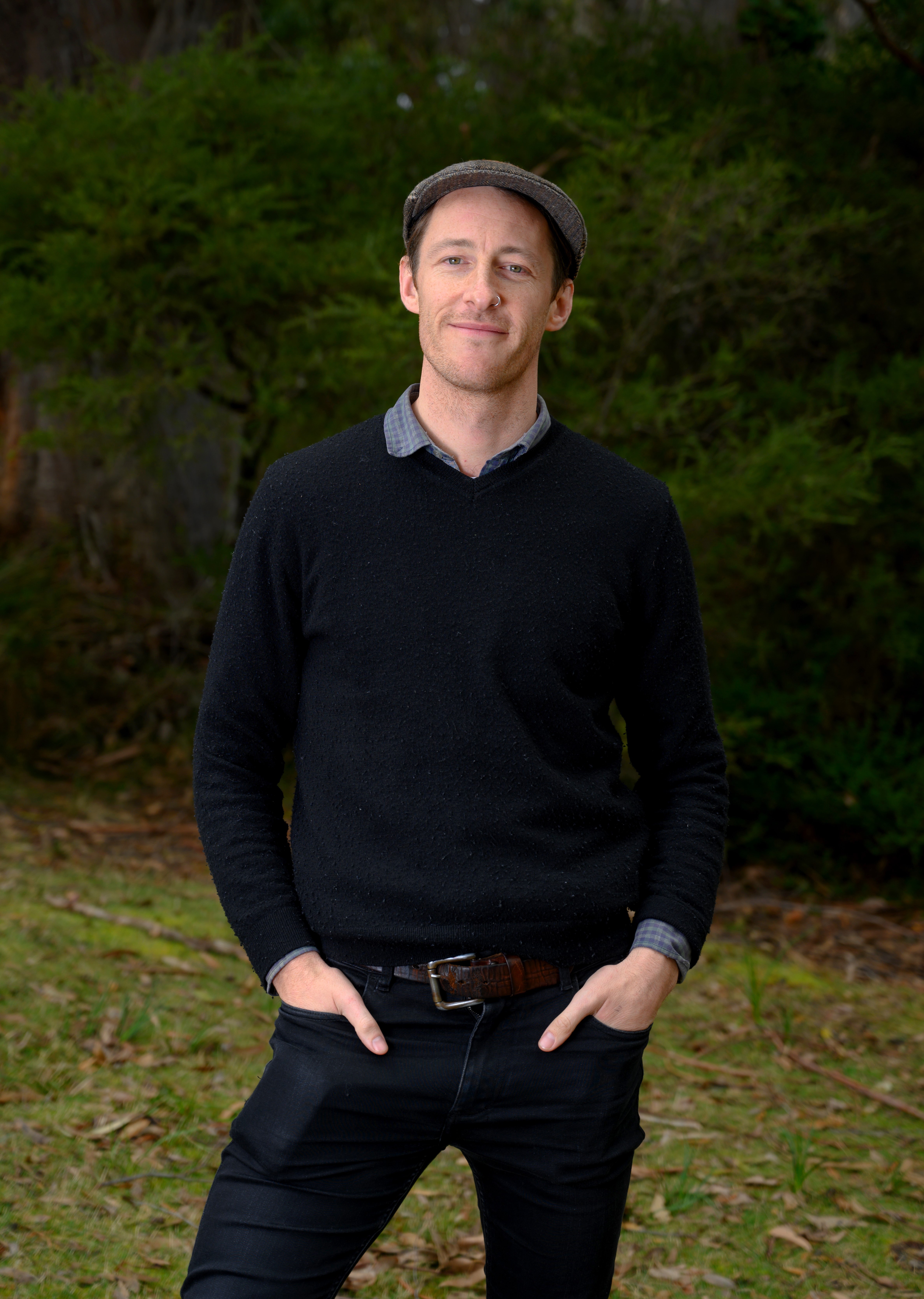
Almost 20 per cent of lutruwita/Tasmania is covered in a world-class expanse of Gondwanan forest—time capsules from millions of years ago when Australia was part of a supercontinent. The forests of the Styx Valley are a mesmerising and accessible example, less than two hours’ drive from nipaluna/Hobart past Maydena.
The walks here are not long but may just take you all day as you stop to absorb the rainforest’s verdant lushness and decay, and admire the layers of life—from fungi and lichen to the eucalyptus regnans towering above you.
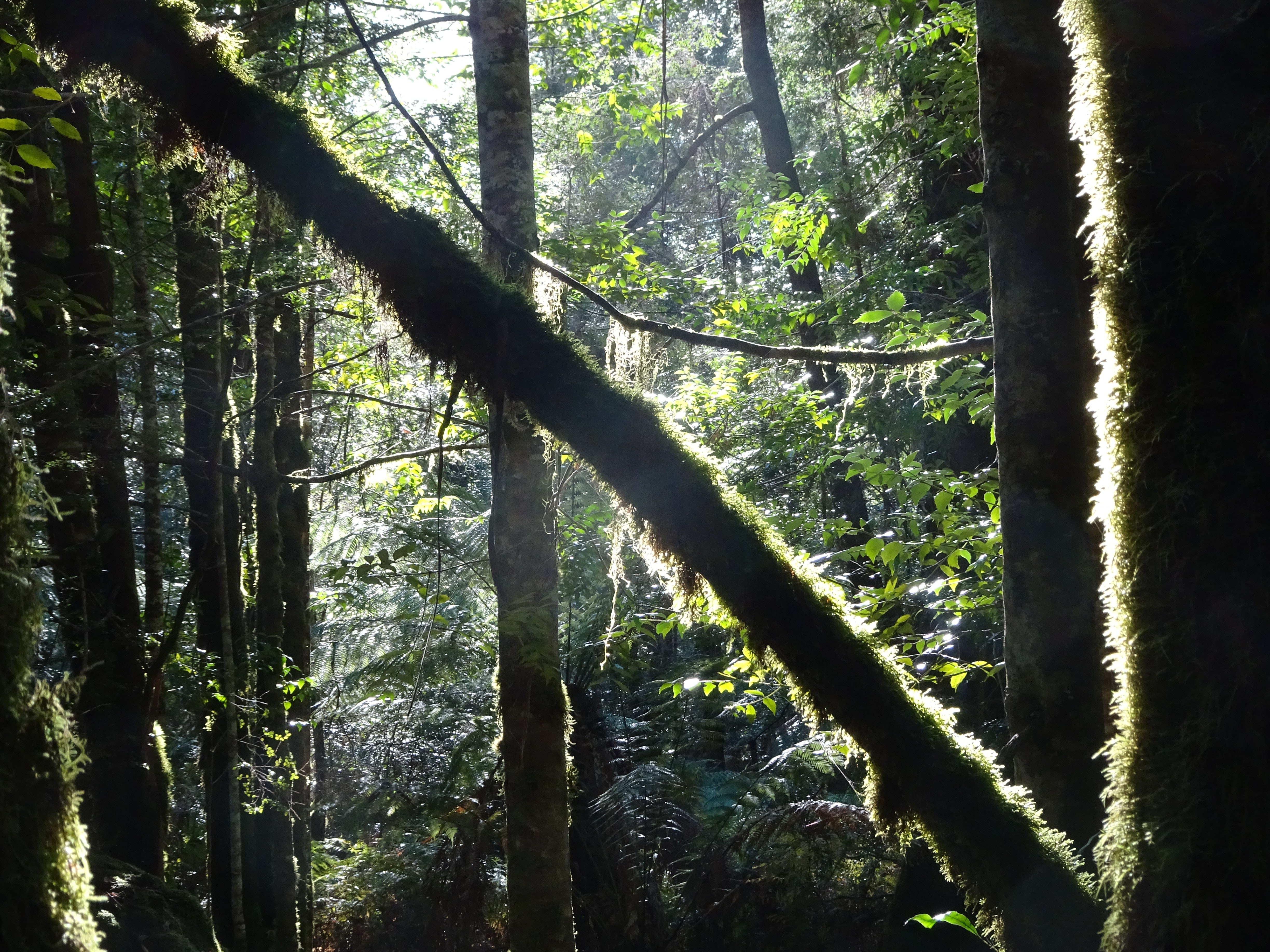
One of Jimmy’s favourite walks is the ‘Tolkien Track’, which winds through infinite shades of green, past tree ferns, huge trees and rainforest gullies into the gnarly, charismatic Gandalf’s Staff—a Eucalyptus regnans that is estimated to be 350 years old, 85 metres tall and internationally famous. In 1999 it was decorated with 3,000 lights and a star to become the ‘world’s tallest Christmas tree’, with protesters spending five months living in a tree-sit in its canopy (65 metres above the ground!) to protect it from logging.
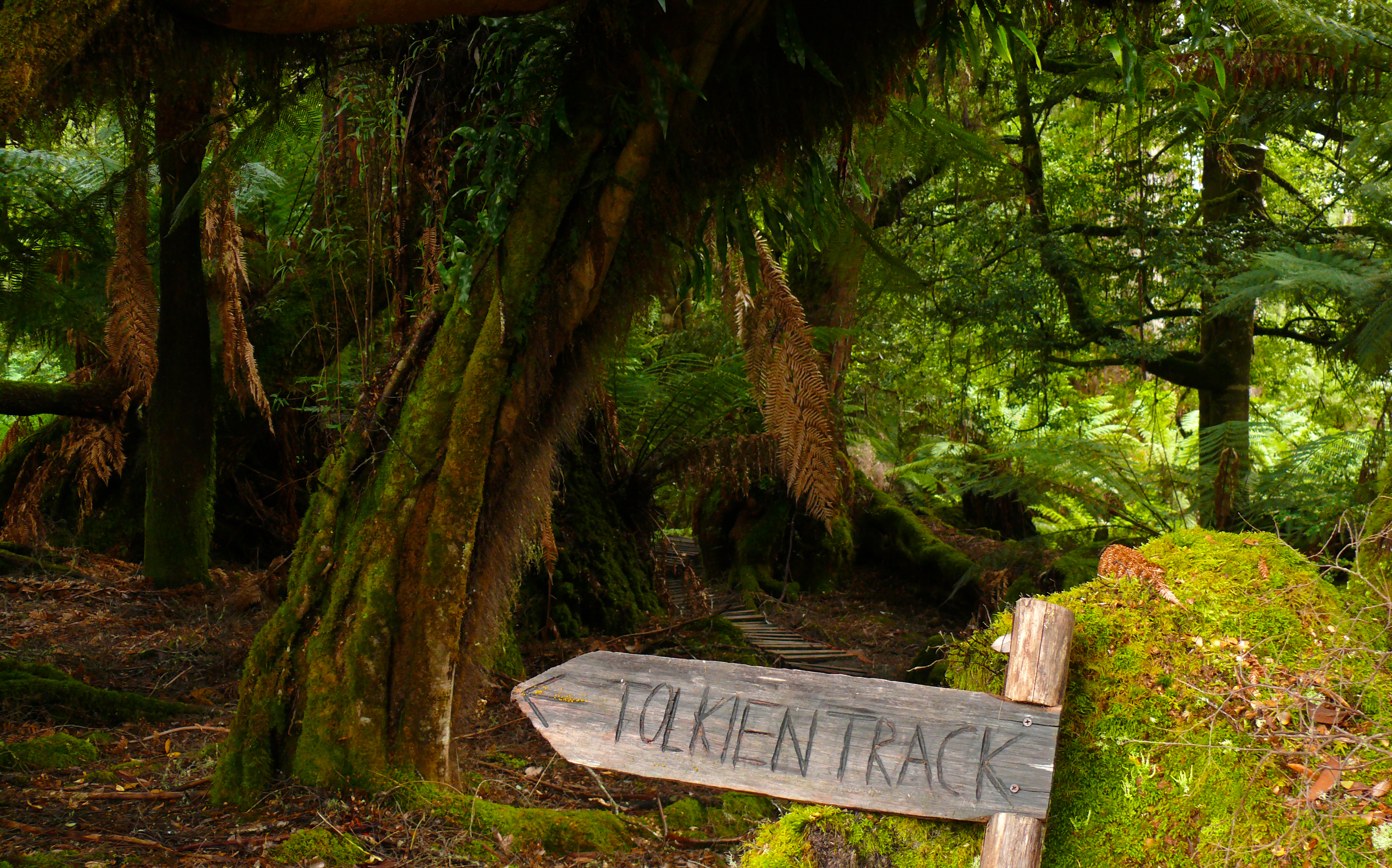
“You go in to see these big trees. And then spend so much time looking down at the life all around your feet.”
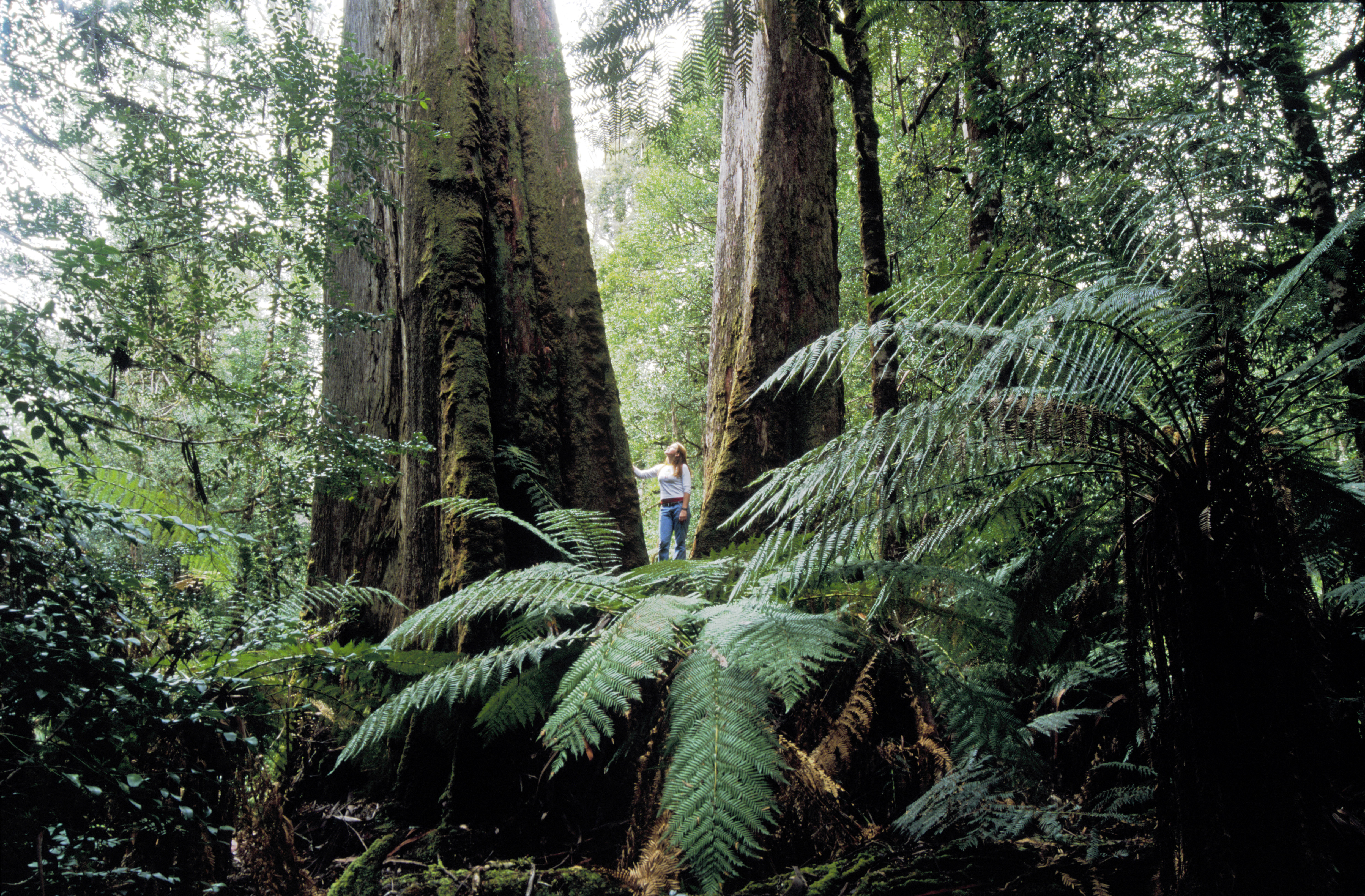
Eucalyptus regnans are the tallest flowering plants in the world—the southern hemisphere equivalent of America’s sequoias (coastal redwoods)—and they are one of the stars of these forests. But as well as craning your neck to glimpse the tops of the trees, you can’t forget to look down.
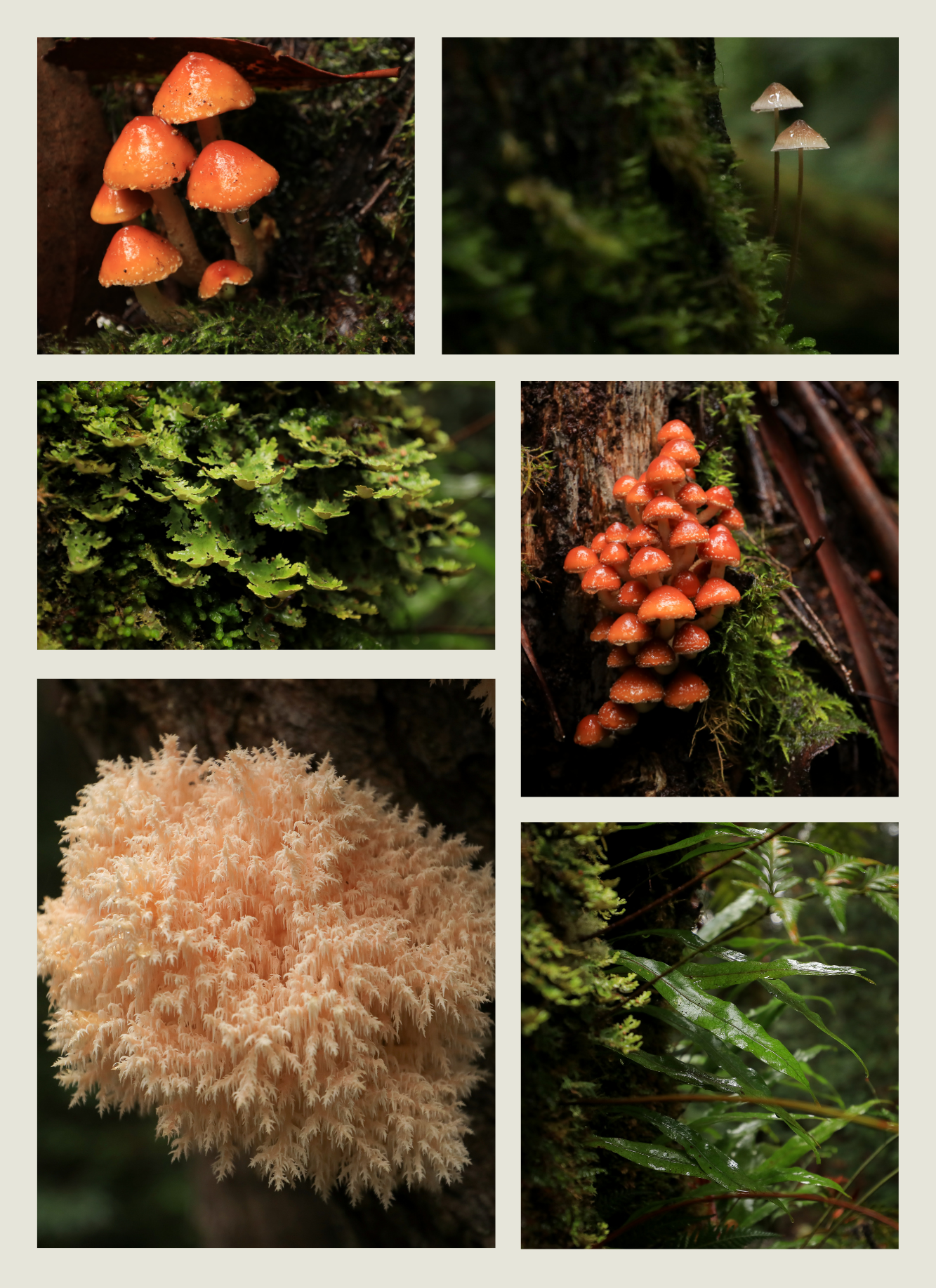
Jimmy describes brilliant pinks and orange fingers of fungi growing up out of the earth, mushrooms like little blue iridescent lanterns, as well as giant tree ferns and understorey plants such as leatherwood perfuming the air. There are scratches and other signs of life from iconic animals like the swift parrot, Tasmanian devil, wombats, pademelons, possums and quolls. These forests are carbon sinks and biodiversity hotspots, and a sanctuary for endemic flora found nowhere else.
“Walking here is a much slower form of walking. You're more likely to take half a day and not go that far–maybe a couple of kilometres—just looking around in awe, before pulling up a seat at the bottom of Gandalf’s Staff to have lunch.”
It’s hard for words or pictures to do justice to these ancient forests: it’s a visceral thing that takes time and is absorbed through all of your senses, from the crisp air to the smell of wetness and leatherwood. A day trip is amazing; a weekend even better.
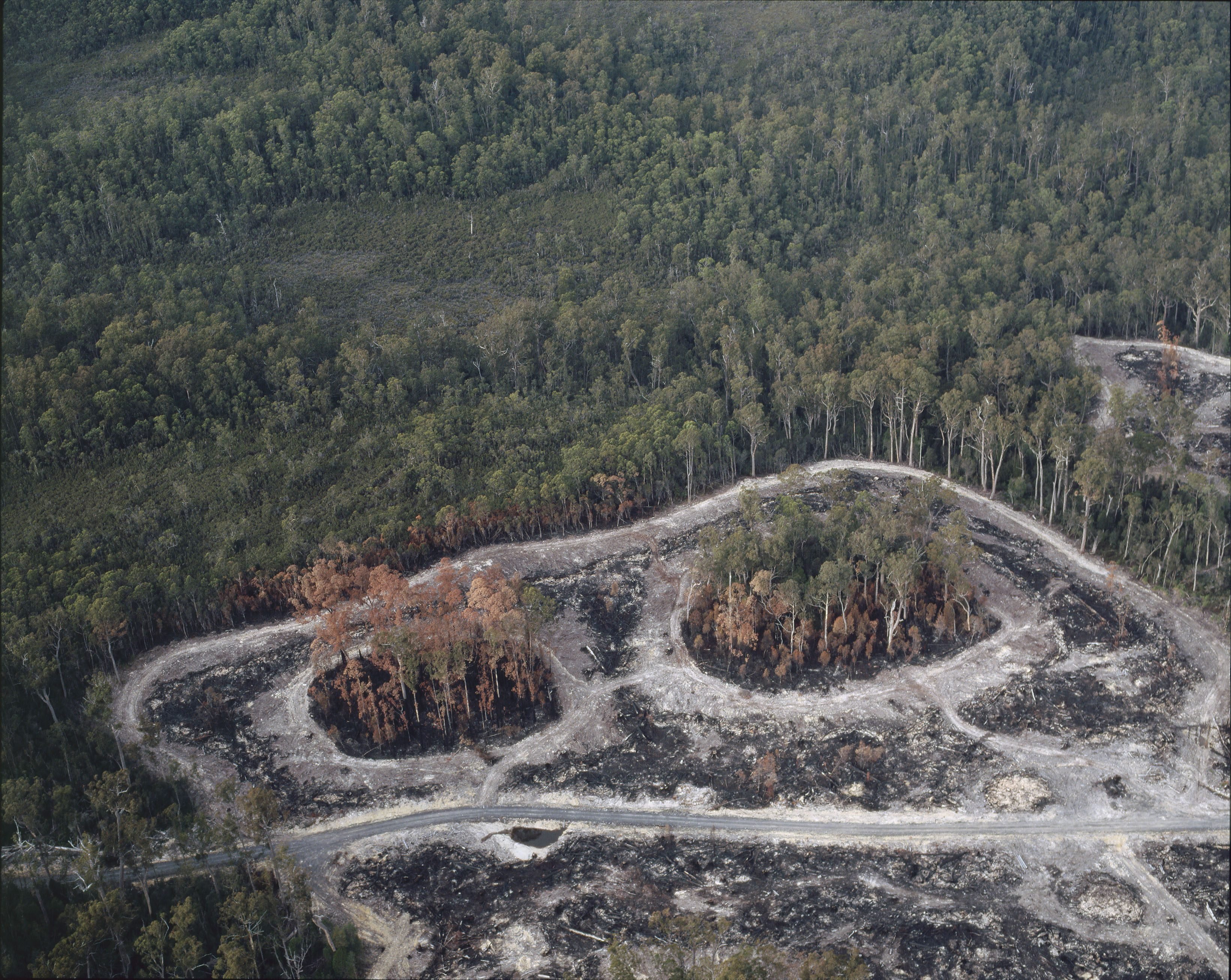
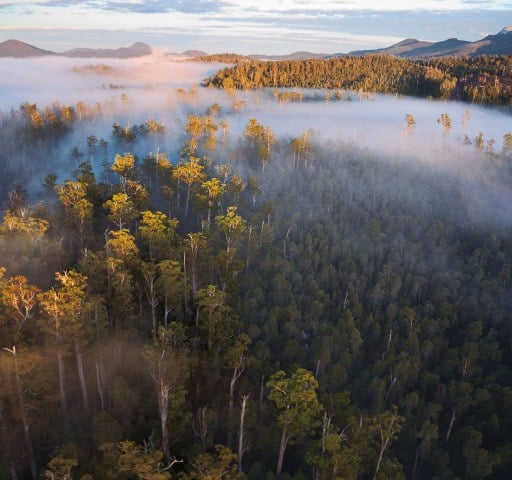
Use our handy trail guide to take a walk among some of the planet's biggest trees in the Styx, Tasmania.
